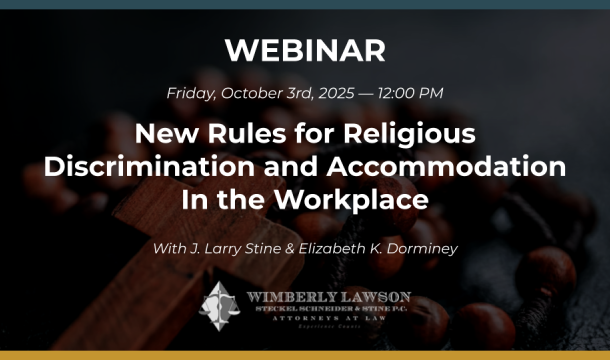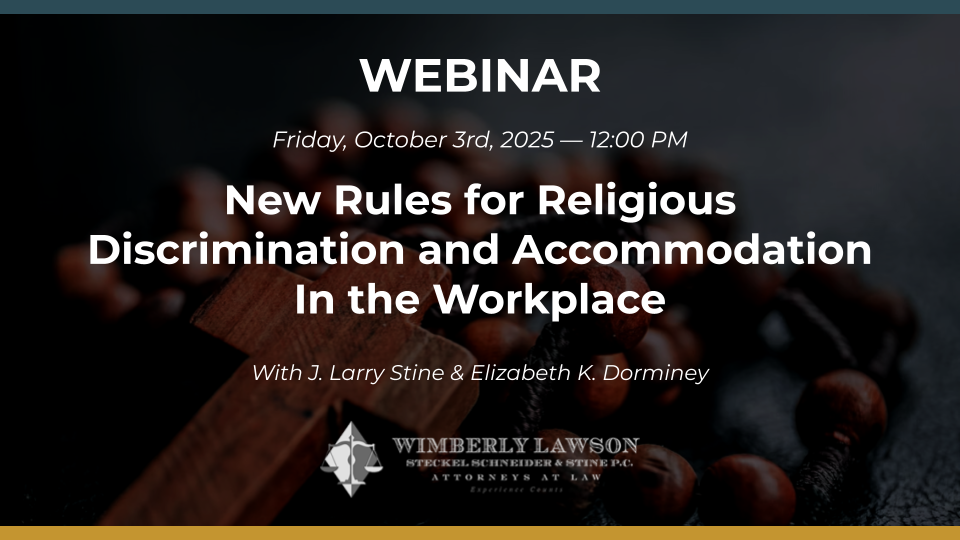NLRB Board Addresses BLM Insignia at Work
In a February 21, 2024 ruling, the NLRB reversed an administrative law judge's conclusion that writing "Black Lives Matter" (BLM) on aprons was not protected, concerted activity, because it did not relate directly to the terms and conditions of employment or implicate concerted or group action among employees. Home Depot USA, Inc. Case 18-CA-273796 (2/21/24). It had previously been thought that political activity or social activism was outside the scope of the Labor Act, because it concerns matters outside the workplace rather than conditions of employment. In this case, however, the Board noted that the employee's use of the BLM insignia was a "logical outgrowth" of concerted activity related to allegations of racism at the employer's store that occurred close in time to the BLM incident. However, the Board made no ruling whether BLM insignia could be banned in other circumstances.
Editor's Note - According to this ruling, it is going to be difficult for an employer to determine whether it can ban BLM insignia and the like in the workplace. One wonders why an employer would want to ban such badges, but if employees want to wear badges saying "White Lives Matter," or "Blue Lives Matter," disputes may arise and consider the ramifications of allowing political speech in the workplace. In a case currently litigated in federal court, a white manager tore down a BLM poster, and hand wrote in its place something to the effect that "According to the Lord Jesus Christ, all lives matter." He sued his employer for imposing an adverse action based on what he did.
Recently, arguments have arisen over an employer's negative treatment of an employee based upon the employee's opinions and actions on Israel and Palestine. In May 2022, in a federal court ruling, a federal district court held that "disagreements on a contentious geopolitical conflict" "do not in of themselves" form the basis of a discrimination claim. Newman v. Point Park Univ., No. 2:20-cv-00204 (W.D. Pa. Mar. 31, 2022).
This article is part of our May 2024 Newsletter.
View newsletter online
Download the newsletter as a PDF
Related Content
Get Email Updates

Trump Nominates Appointments to NLRB and EEOC but Policy Changes Likely to Be Delayed

DOL Launches Self-Audit Programs Designed to Help Employers Improve Compliance

DOL Must Release EEO-1 Reports to the Public under Open Records Laws

Current Advice on Active-Shooter Situations

New Policy for Federal Workers and Religious Expressions



